Solomon Law Park (솔로몬로파크)
9.0Km 2024-04-23
219-39 Expo-ro, Yuseong-gu, Daejeon
Solomon Law Park is a theme park operated by the Ministry of Justice, offering an experiential legal education. Visitors can learn about and experience the law in an easy and entertaining way. The Law Experience Center provides opportunities to experience legislation, investigation, courtrooms, and prisons. The park includes a Law Playground, as well as amenities like a leisure area and a convenience store.
Gwangju Family Land (광주 패밀리랜드)
9.0Km 2025-01-10
677, Uchi-ro, Buk-gu, Gwangju
+82-62-607-8000
Gwangju Family Land is an amusement park equipped with dozens of exciting rides as well as recreational facilities such as a swimming pool, an ice rink, and a sledge park. Spanning 290 acres of land, it is the largest urban amusement park in all of Jeollabuk-do and Jeollanam-do Provinces. The amusement park also offers entertainment courses designed for couples, families and children.
Citizen's Forest Campground (시민의 숲 야영장)
9.1Km 2024-02-14
190 Chuam-ro, Buk-gu, Gwangju
Citizen's Forest Campground, situated alongside the Yeongsangang River in Gwangju, offers a nature-friendly escape in the heart of the city. The campground provides options for both auto-camping and traditional camping. It features walking trails and is conveniently located near a waterside park, making it ideal for strolls. Additionally, a swimming pool is available for visitors every summer.
Coboc (커볶)
9.3Km 2024-02-13
161-7 Jiho-ro, Dong-gu, Gwangju
Coboc, established in 2006, is a café located near the Jisan Recreation Area at the base of Mudeungsan Mountain. This café is particularly known for its stunning views, especially during sunset. Among its signature offerings are the Mudeungsan Gureum Coffee, a unique cheese cream coffee, and a bagel with chives and bacon. The Mudeungsan Gureum Coffee is distinctively topped with a white, soft cheese cream, reminiscent of the clouds that grace the mountain.
Museum of Gwangju Literature (광주문학관)
9.3Km 2024-11-20
93 Gakhwa-daero, Buk-gu, Gwangju
The Museum of Gwangju Literature offers a journey through Gwangju’s rich literary heritage, spanning from ancient times to the present day. Visitors can delve into the literature from the Mahan period, explore works from the 1920s and '30s tied to the national independence movement, and discover works from the 1980s that marked the beginning of the modern poetry movement. The permanent exhibition provides a chronological journey through the local literature of Gwangju. The museum also holds various programs for visitors.
GeumBong-Museum (시화문화마을 금봉미술관)
9.3Km 2024-12-17
91 Gakhwa-daero, Buk-gu, Gwangju
Opened in 2015, GeumBong-Museum has 291 art works of painter Park HaengBo. The museum also has various contemporary art works to further spread the knowledge of both traditional and contemporary art. It offer classes and exhibition to support the local art culture.
Gossaumnori Theme Park (고싸움놀이테마파크)
9.3Km 2024-10-10
2 Gossaum-ro, Nam-gu, Gwangju
Gossaumnori Theme Park was built over five years to preserve and develop the traditions of Gossaum, a local type of tug-of-war game. The park comprises a training center, video experience hall, folk game experience center, and outdoor performing hall.
Hotel Mudeung Park (무등파크호텔)
9.4Km 2021-02-01
14-10, Jiho-ro 164beon-gil, Dong-gu, Gwangju
+82-62-226-0011
Opened in 2004, Hotel Mudeung Park is located at the foot of Mudeungsan Mountain. Situated in a leisure town measuring an impressive 495,000 m², the hotel is one of the representative hotels of Gwangju and is known for its high-quality facilities and services.
In addition to its posh guestrooms, Hotel Mudeung Park offers a myriad of facilities including a convention hall, a banquet hall, a business center, restaurants, a wine bar, a driving range, a bowling alley, and an observatory with a panoramic view of downtown Gwangju.
Mudeungsan Lift Monorail (Jisan Park) (무등산 리프트모노레일 (지산유원지))
9.4Km 2025-08-12
14-10 Jiho-ro 164beon-gil, Dong-gu, Gwangju
To use the lift and monorail located at Jisan Park in Gwangju, visitors can purchase a ticket at the ticket office in the convenience store on the first floor and go up to the boarding area on the second floor. Get on the lift with a track length of 745 meters and an operating speed of 12 m/sec and climb for about 20 minutes while enjoying the scenery of Mudeungsan Mountain to arrive at Bitgoeul Station. From here, visitors can transfer to the monorail. Passengers can feel the thrill of riding toward the top on a monorail which can accommodate about 20 people at a time. A spectacular view of Mudeungsan Mountain will unfold in all directions. The view of Gwangju from Palgakjeong Observatory at the end of the monorail is a beautiful sight that visitors to Gwangju must see at least once as it is a famous attraction to enjoy the view of Gwangju.
Jisan Recreation Area (지산유원지)
9.6Km 2023-01-25
35-1, Jiho-ro 164beon-gil, Dong-gu, Gwangju
+82-62-221-2760
Jisan Recreation Area reopened around December 2016, resuming monorail operation after 11 years. The unique rattle of a monorail running on one rail gives passengers a thrill. If you ride the monorail, you can see the panoramic view of Gwangju and the top of Mudeungsan Mountain at a glance. The monorail starts on the mountainside, 50 meters away from the end point of the lift, along the forest road, and runs to and from the top of the mountain in Jisan Recreation Area, where the octagonal pavilion is located. After reopening, it became popular among the younger generation through social media and word of mouth as a unique amusement facility where you can enjoy thrills on Mudeungsan Mountain in Gwangju.
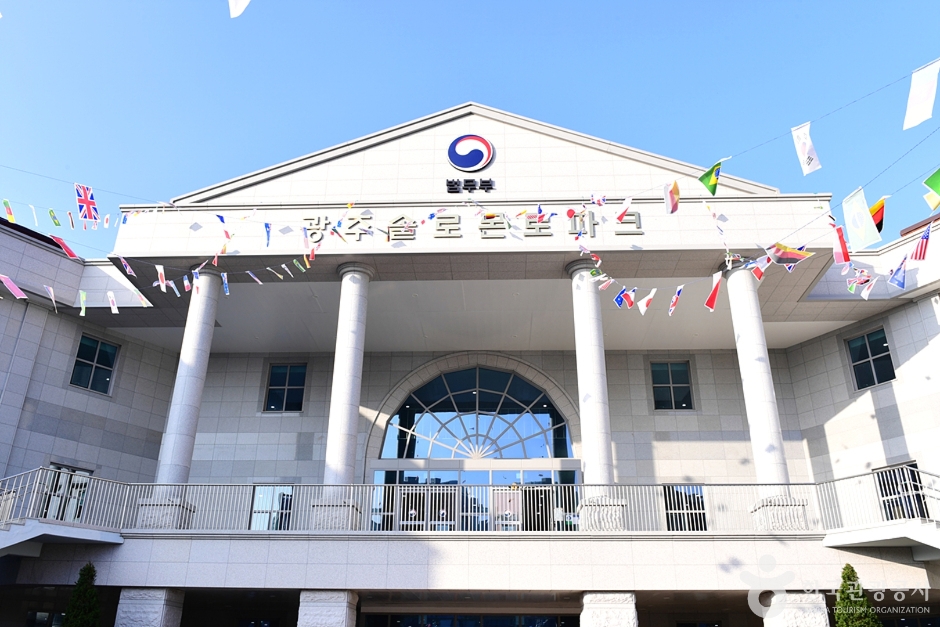

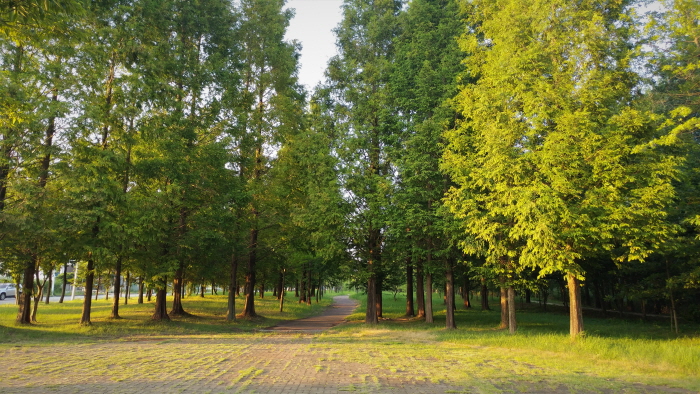
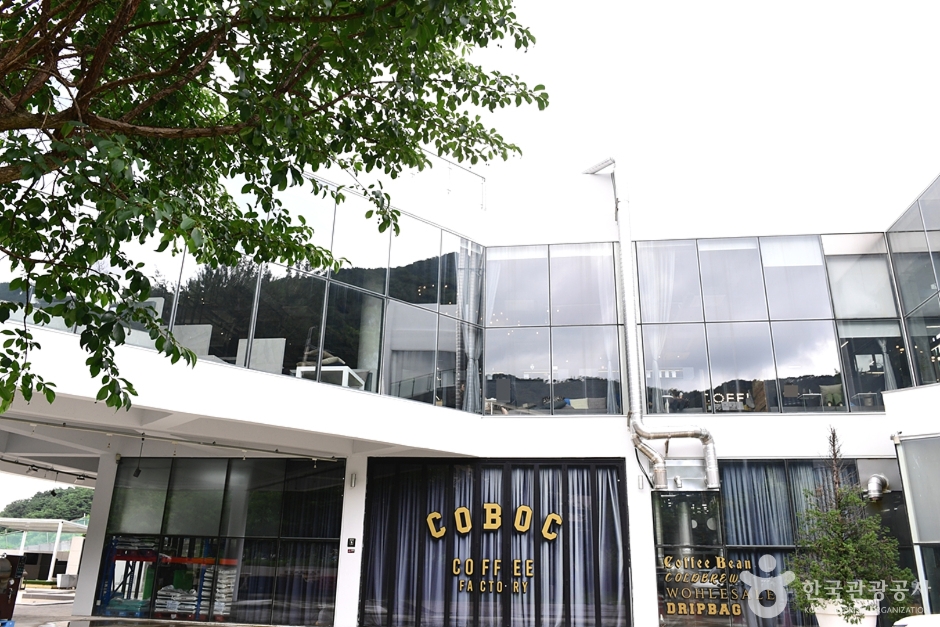
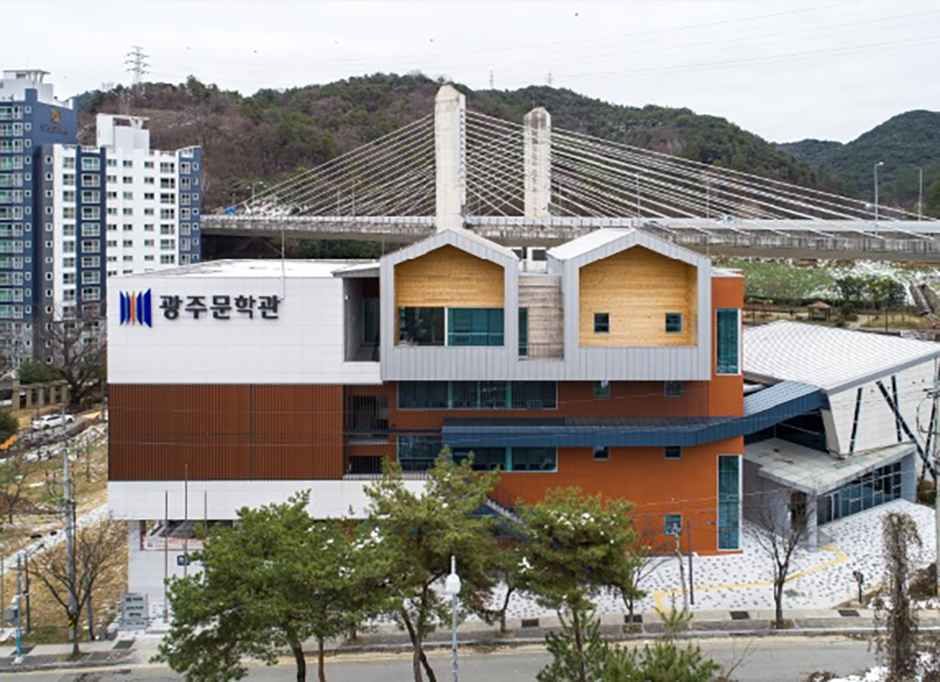
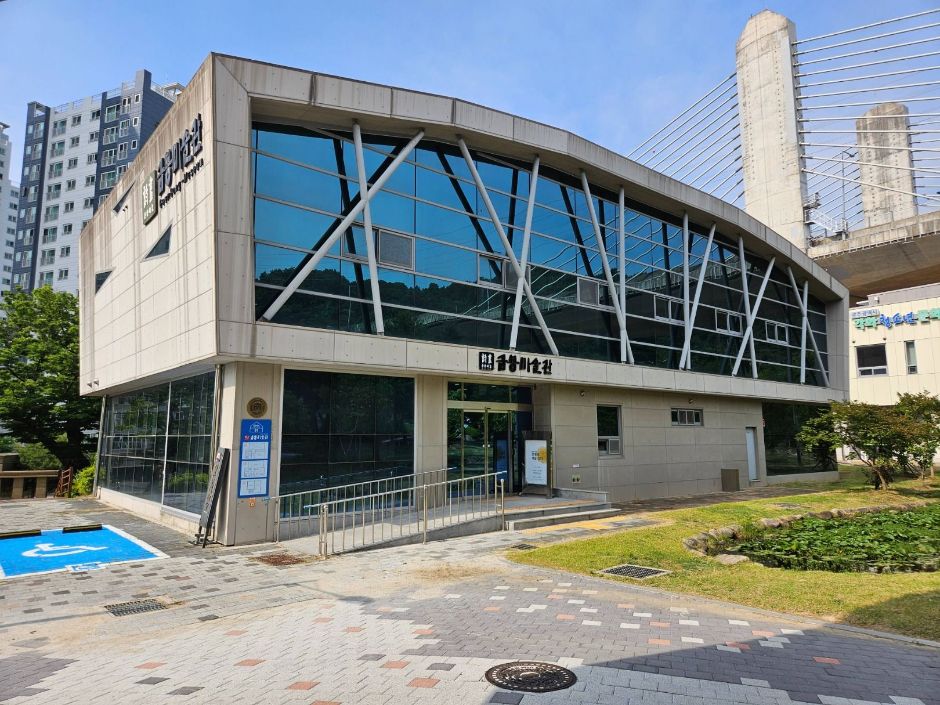
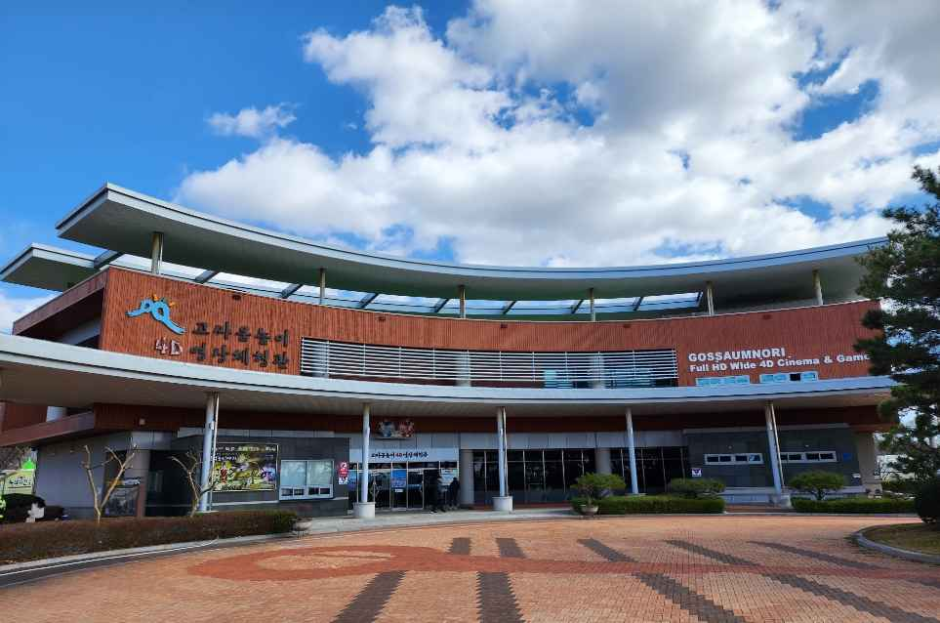
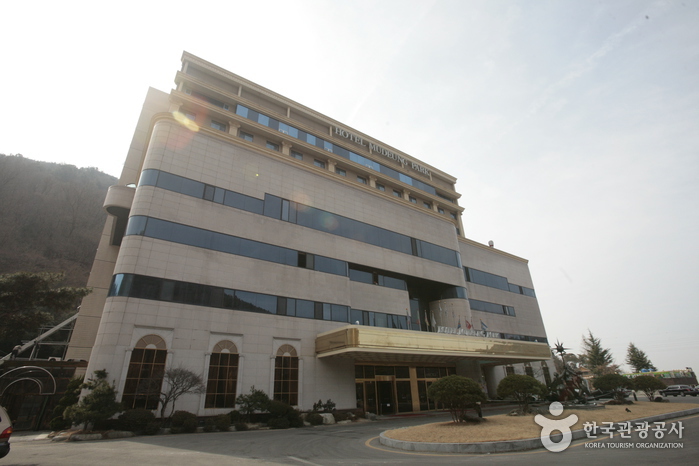

 English
English
 한국어
한국어 日本語
日本語 中文(简体)
中文(简体) Deutsch
Deutsch Français
Français Español
Español Русский
Русский